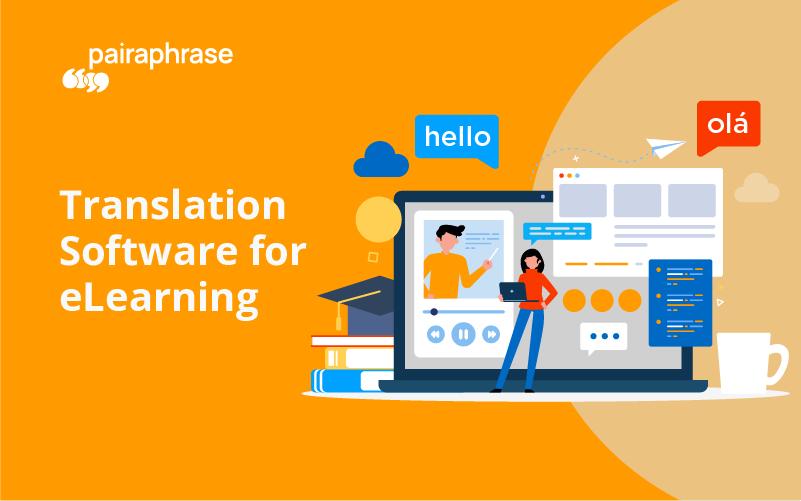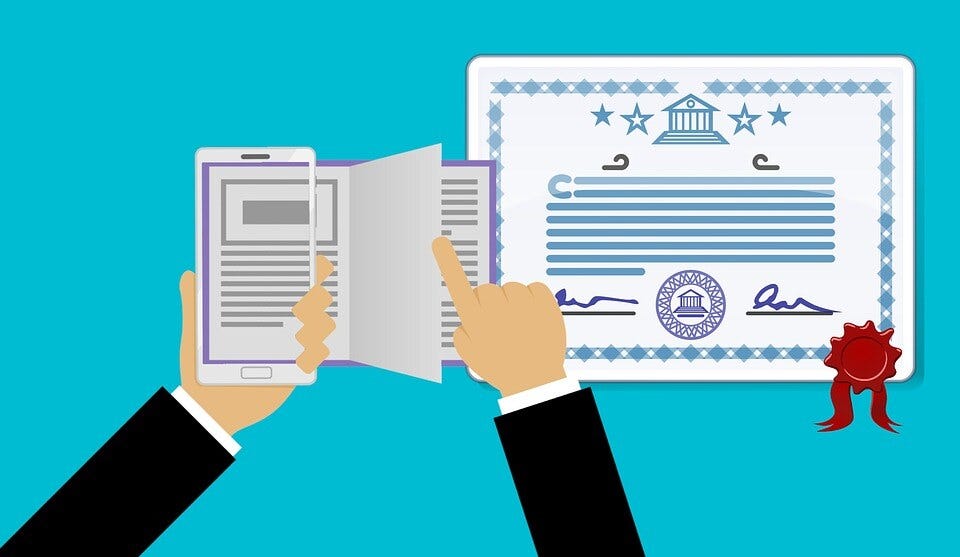Best eLearning Translation Software Features to Look for
 Elena Hartmann
Elena Hartmann
We also discuss the features you should look for in translation software for eLearning, as well as a specific suggestion for the software you should be using to translate your online course offerings.
Whether you’re using Captivate, Lectora, Articulate or other authoring programs, this checklist will help tremendously in your search for the best translation platform. Skip to the end of this post to learn about the best translation software for eLearning content.

Why Choose the Best Translation Software for eLearning Development
If you don’t choose the best translation software for eLearning development, you will expend more energy, money and time than you planned to invest in the overall production of your online learning programs.
This can eat into your budget and even derail other projects you have on your plate at work.
While the needs for every company will vary when it comes to choosing a language translation system, there are some that will make your translation process simpler than others depending on the types of features available within them.
What’s more, the right translation software for eLearning development will provide you with features that support your company’s process for translating text and files as accurately as possible.
After all, machine translation alone cannot produce the highest quality translations, which is likely why you’re searching for translation software in the first place.
Your eLearning videos and course materials must be translated accurately for the intended multilingual audiences. Otherwise, the subject matter you teach could be lost in translation. This can have costly implications for either your business or your customer (or both).
Top 5 Features to Look for in eLearning Translation Software
When you start to evaluate the various options available to you for translation software for eLearning development, you should bring the following checklist with you. This checklist contains all the features vital to high-quality, efficient translations for all digital eLearning components specifically.
There are many language translation platforms out there that don’t include these features, so it’s important you check off all these boxes so that you find the right software for eLearning translation specifically.
eLearning File Translator
Offers translation file formatting preservation so that you never need to re-format the layout, image placement, font properties, line spacing, paragraph breaks and more.
Quickly and simultaneously translates multiples files and file types (batch translation).
Compatible with all the various file types that you might provide to students as reference materials within your courses, depending on your subject matter or teaching method.
For ambitious eLearning designers, the translation software you adopt should be compatible with the following list of file types to allow you the flexibility to develop a wide array of future course offerings to market globally:
Word (.docx)
Excel (.xlsx)
PowerPoint (.pptx)
HTML
XML
XML for Android
Adobe InDesign (IDML)
ARB
Autocad (.dxf)
MS Visio (.vsd)
PDF
Resource files (.strings)
JSON (.json)
Portable Objects (.po)
Plain Text (.txt)
DXF
RTF
Srt (subtitles)
Sub(.txt)
Xliff
Text-to-Audio Output for Voiceovers
Create synthetic foreign voiceovers from one language to another within minutes, not days or weeks. This will allow you to produce instant voice-overs at a fraction of the cost of a human audio voice-over service. You need to have script text typed out first for this.
Provides the option to select male or female voices
Proves the option to export audio to .wav or .mp4 files
At the very least, supports translation to all major languages, especially those used most frequently in commerce. This includes the following languages:
Chinese Simplified
Chinese Traditional
Dutch
Danish
Finnish
French — Euro
French — Canadian
German
Italian
Japanese
Korean
Norwegian
Polish
Portuguese — Brazil
Russian
Spanish — Mexico
Spanish — Spain
Swedish
Translation Memory
- Includes translation memory technology for storing your text in a bilingual central repository and reusing it for future translation projects.
This allows the software to learn the human translation of your specific words and phrases to be used over and over again. This is especially important for specialized vocabulary and technical terminology used in various eLearning subjects and industries. You must know that this requires human translation in order to work.
Translation Collaboration
Allows you to quickly share translations with your designated authorized users and edit together in real-time
Provides translation tracking so that you can view user edit history by segment
Translation Data Security
SHA-2 and 4096-bit encryption
256-bit SSL certification
Encrypted file storage in transit, in use and at rest via AWS
“No Return” to machine translation providers
PCI-compliant payment processing via Stripe
HIPAA, SOC1 and ISO27001 compliant datacenters
Multi-Factor Authentication
TLS 1.2 (Transport Layer Security)
Last login date and time display in footer
Automatic session logoff if idle for more than 30 minutes
Password expires after one year
Auto-lock after 4 failed password attempts
Device Authentication
Compliant with GDPR & HIPAA
Single Sign-On
Supports secure browsers; Chrome, Firefox, Edge & Safari
Third-party security audit & assessment records
Conclusion
Choosing the right translation software for eLearning development is crucial to saving time, reducing costs, and ensuring your training content is accurately adapted for global audiences. By selecting a solution that offers advanced features — such as translation memory, file formatting preservation, voiceover capabilities, collaboration tools, and robust data security — you’ll be better equipped to deliver high-quality, multilingual learning experiences. With the right platform, your organization can streamline the translation process, maintain consistency across languages, and expand your eLearning offerings with confidence.
Subscribe to my newsletter
Read articles from Elena Hartmann directly inside your inbox. Subscribe to the newsletter, and don't miss out.
Written by
